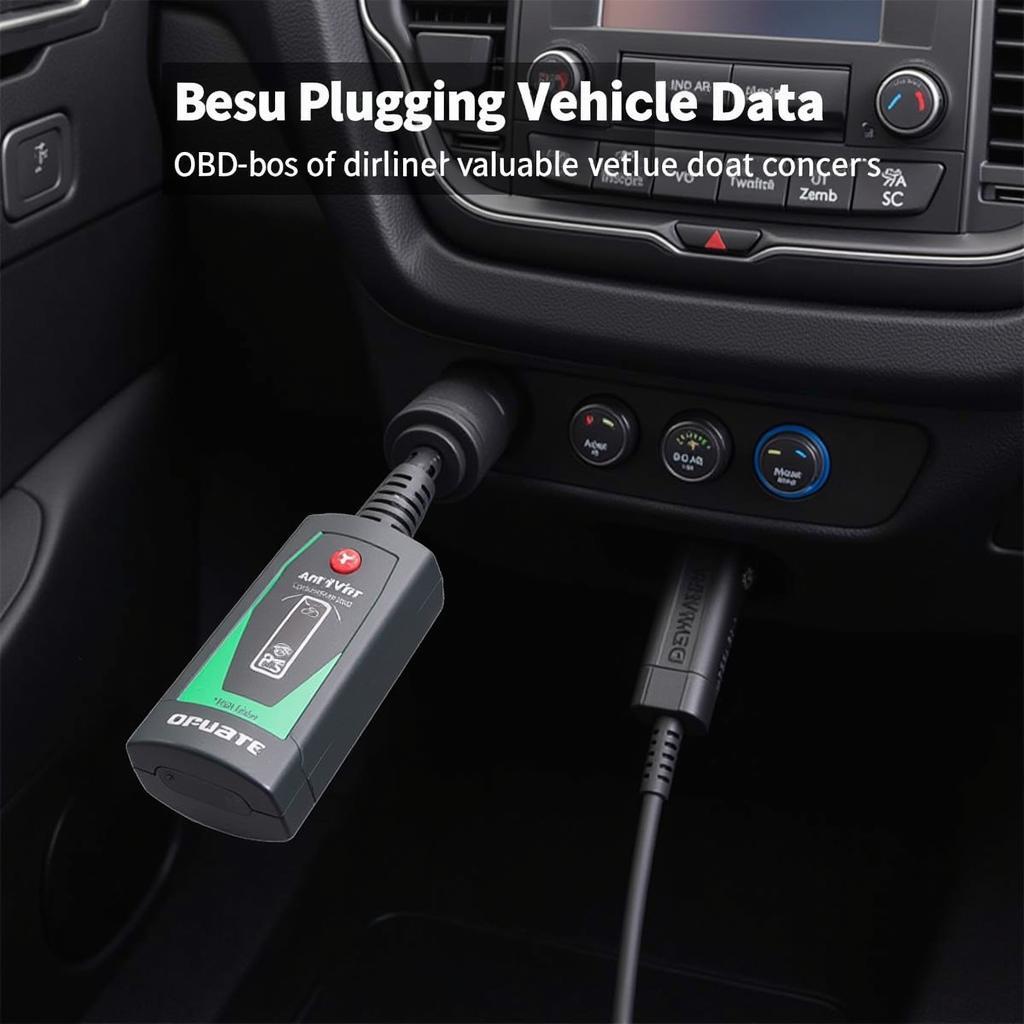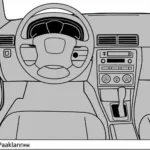OBD2 information is crucial for car owners and mechanics alike. It provides a window into the inner workings of your vehicle, allowing you to diagnose problems, understand performance, and even clear those pesky dashboard warning lights. This guide delves deep into the world of OBD2, exploring its functions, benefits, and how you can leverage it for a smoother driving experience.
What is OBD2 Information?
OBD2, short for On-Board Diagnostics, is a standardized system present in vehicles manufactured since 1996. It acts as your car’s internal communication network, continuously monitoring various systems and components. When an issue arises, the OBD2 system generates specific diagnostic trouble codes (DTCs), storing them in the vehicle’s computer. These DTCs are essentially alphanumeric codes that act like clues, pointing towards potential problems within your car.
Think of OBD2 information like your car speaking to you in a coded language. By accessing and interpreting this information, you can gain valuable insights into your vehicle’s health and performance.
How to Access OBD2 Information
Accessing OBD2 information is easier than you might think. You have several options depending on your technical comfort level:
-
OBD2 Scanners: These handheld devices plug directly into your car’s OBD2 port, usually located under the dashboard on the driver’s side. They retrieve and display DTCs, providing descriptions and potential solutions.
-
Mobile Apps: Numerous mobile apps pair with Bluetooth or WiFi-enabled OBD2 scanners, allowing you to view data directly on your smartphone or tablet.
-
Professional Mechanics: For complex issues or if you prefer leaving it to the experts, professional mechanics use advanced OBD2 scanners to diagnose problems and perform repairs.
Benefits of Utilizing OBD2 Information
Understanding and utilizing OBD2 information offers numerous advantages for car owners:
-
Early Problem Detection: By identifying issues early on, you can address them before they escalate into costly repairs.
-
DIY Repairs: Armed with OBD2 information, many car owners can diagnose and fix minor problems themselves, saving money on mechanic fees.
-
Improved Fuel Efficiency: Monitoring parameters like engine performance and oxygen sensor readings can help optimize fuel consumption, saving you money at the pump.
-
Enhanced Vehicle Performance: Understanding your car’s performance data allows you to identify potential areas for improvement, from tire pressure to air filter replacement.
-
Peace of Mind: Having access to OBD2 information provides peace of mind, knowing that you can stay informed about your vehicle’s health and address issues proactively.
Common Uses of OBD2 Information
OBD2 information plays a vital role in various automotive applications:
-
Emissions Testing: Most modern vehicles undergo emissions testing using the OBD2 system to ensure they meet environmental standards.
-
Vehicle Diagnostics: Mechanics rely heavily on OBD2 information to pinpoint the root cause of car problems, ranging from engine misfires to faulty sensors.
-
Performance Tuning: Car enthusiasts use OBD2 data to fine-tune their vehicles for optimal performance, adjusting parameters like fuel-to-air ratios and ignition timing.
Conclusion
OBD2 information is an indispensable tool for anyone who owns or maintains a car. By understanding how to access and interpret this valuable data, you can take control of your vehicle’s health, save money on repairs, and enjoy a smoother, more informed driving experience. Whether you’re a seasoned mechanic or a curious car owner, embracing the power of OBD2 information is essential in today’s automotive landscape.

